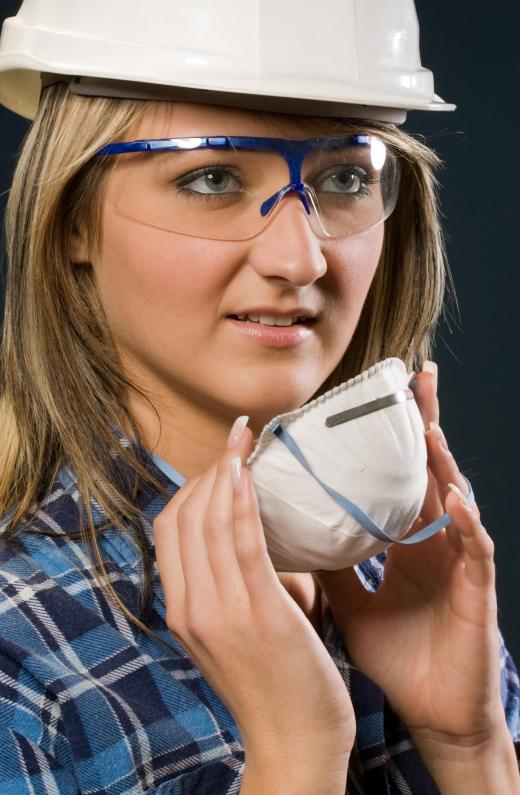Shot blasting is a process that is often used to clean the surface of a material. The process usually involves a gun or a ride-on rolling blasting machine that is used to shoot various types of media, or shot, at the object being blasted. This is a particularly effective method for removing scale, rust, paint, and minor surface flaws from metal objects. Depending on the shot blast equipment and the type of shot that is used, various surface finishes or textures can also be applied to a work piece for decorative purposes, or to prep the surface for paint or powder coating.
There are many different types of shot blasting machines, from small hand held guns to riding lawnmower size machines to massive blast booths large enough to hold a tractor trailer. Regardless of the size or configuration, the majority of them are made up of the same components. A basic shot blasting setup includes an air compressor, a shot blaster gun, a blast booth or cabinet, and a hopper to deliver the shot to the gun.

Once the hopper is filled with shot and the system is turned on, a pull of the trigger is all it takes to get things going. When the trigger is pulled, compressed air flows through the gun. The moving air creates a vacuum that pulls shot from the hopper, which exits the gun at high speed and blasts the work piece. Both shot blasting cabinets and ride-on rolling shot blasting systems are often equipped with a recovery system that returns the shot to the hopper to be reused.
Shot blasting media is widely varied and specialized. One of the most popular types of shot for removing paint and rust from metal is aluminum oxide. This is an angular abrasive, which means it has sharp corners for digging deep. This is also one of the hardest abrasives, which makes it longer lasting than most.
At the other end of the spectrum is pumice, the softest available. It is very popular for removing paint from soft wood, without leaving marks or other damage. Between the two extremes, there are dozens of other abrasives that can perform hundreds of different tasks. If you are just starting out with shot blasting, it is best to consult a professional when selecting your blast media.
Shot blasting carries some health risks, so safety is of vital importance. When using a shot blasting machine that does not have an enclosed cabinet, a dust mask, preferably with a respirator, should be considered mandatory equipment. This is especially true if using shot made of sand or any media that may contain silica. These have been shown to cause silicosis, a disease of the lungs. If using a shot blasting gun, the gun should never be pointed at anything other than the work piece and, as with all shop equipment, safety goggles should always be worn.
